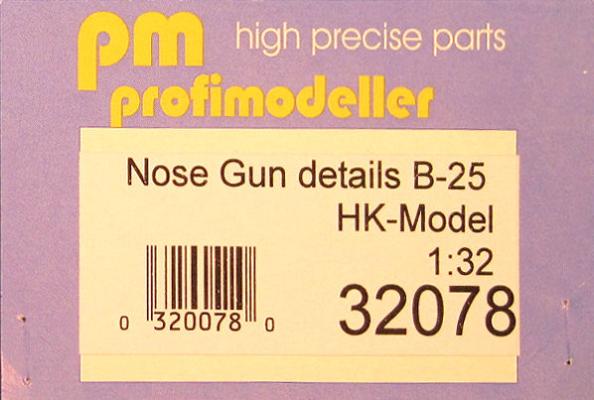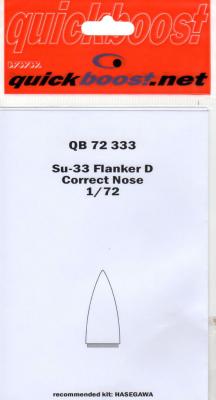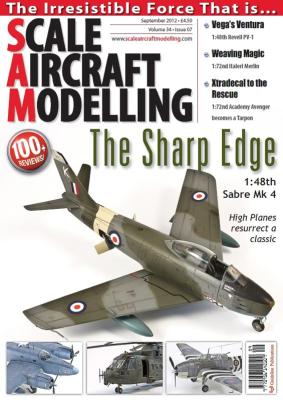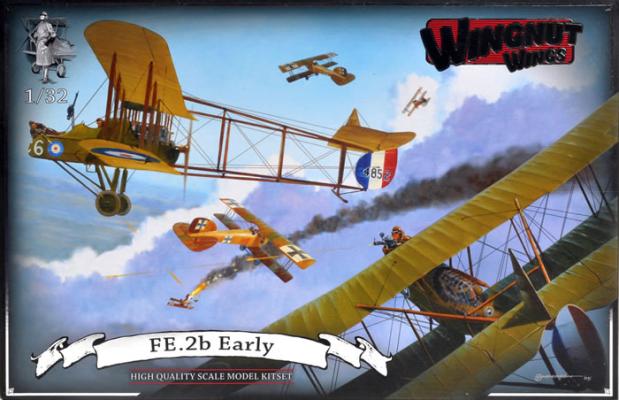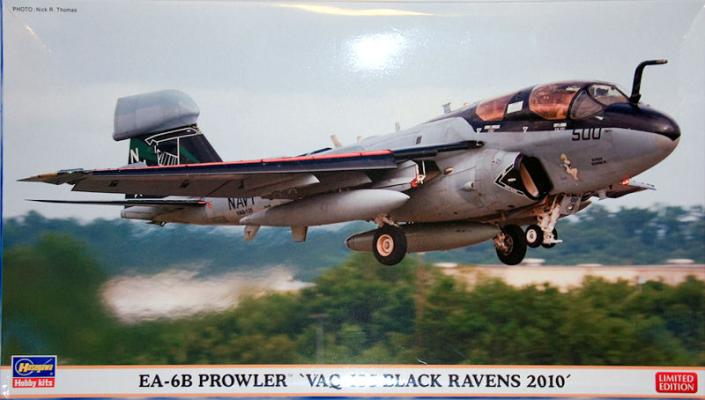With the release of HK Models’ 1/32nd B-25, it didn't take longer for the aftermarket companies to step in and start producing detail sets. Profimodeller is one of these and they have come up with some really nice stuff. So far, they have released 9 different detail sets and all at a very reasonable cost. I have ordered the additional sets from Profimodeller's website and found it quite easy to use. They are very helpful in answering questions and quick to respond (please note the time difference, you are dealing with Czechoslovakia). I used Pay Pal for payment and received my goodies in a week.
This will be a "First Look"-type review. I will be building a B-25 and incorporate the set in the build, but it's going to take a while.











